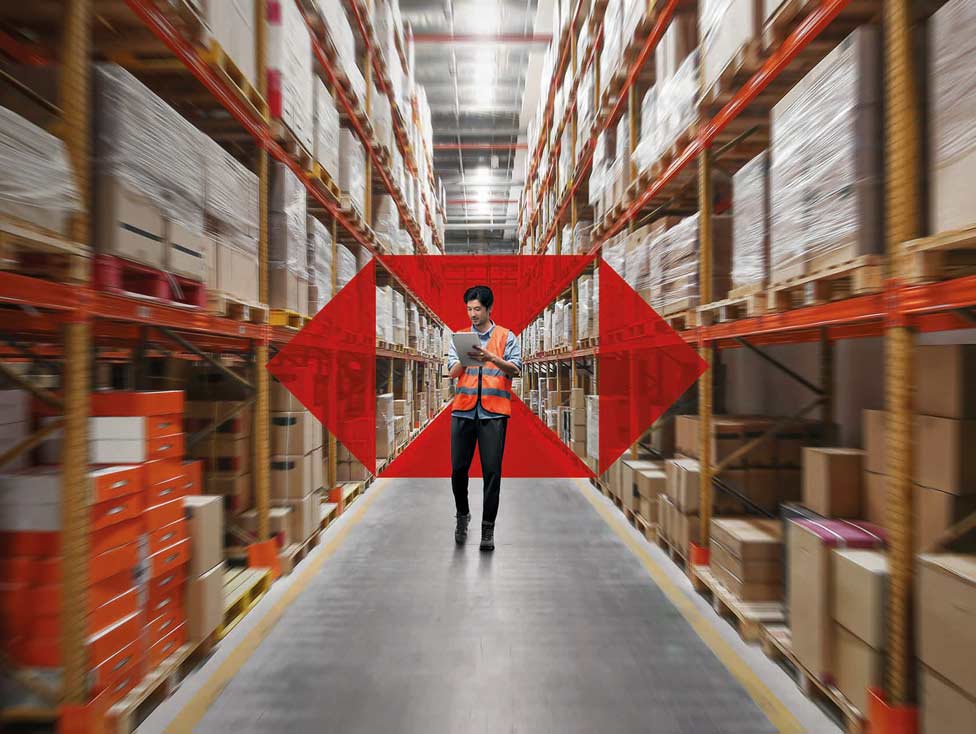- Article

- Growing my Business
- Enable Growth
- Expanding Abroad
Seven key takeaways from HSBC Navigator: SEA in Focus
Southeast Asia is open for business and poised for growth. This is the vibrant picture emerging from our latest Navigator survey.
We asked more than 1,500 decision-makers from businesses in China, France, Germany, India, the UK and the USA to share their strategic plans for their operations – and expansion – in the region. Their responses suggest they are ready to embrace the opportunities offered by these markets, while being mindful of some headwinds they might encounter.
Here are seven headline findings:
1. Expectations of growth are high despite COVID and geopolitical uncertainty
Businesses see a future full of promise in Southeast Asia. 61% of respondents expect organic growth of 20% or more over the next 12 months, with confidence highest among Indian, US and Chinese businesses. Expectations of inorganic growth are also strong, with 55% of respondents planning to ‘significantly’ increase their M&A activity in the region over the next two years. Thailand is the most popular destination for growth, with 23% of companies planning to expand into this market over the next two years.
2. Digitisation is central to the agenda
The exponential growth of the digital economy and digital services is a significant draw – 29% of decision-makers cite this as the region’s biggest attraction, with US, Indian and German companies most likely to hold this view. Businesses are also prepared to invest in digital capacities; 49% are prepared to plough 5-10% of their operating profit into technology and digitisation over the next 12 months. 26% consider it a high enough priority to invest more than 10%.
3. But businesses are looking for support with cybersecurity
With greater reliance on digital systems comes increased risk. This has been heightened by finance teams working remotely or in hybrid arrangements due to the pandemic. As Ian Mirels of eftsure explains in an HSBC Business Talk, 90% of cyberattacks originate in email compromise.1 Unsurprisingly, cyber security is a priority for most of the companies in our survey, with 34% looking for support in this area from their banking partner. However, Chinese firms prioritise support in big data and analytics, while US companies look for support in e-commerce.
4. Supply chains are key to improving sustainability efforts
Sustainability has become a business imperative, so it’s not surprising that 36% of companies in our survey are reviewing their suppliers’ ESG credentials. With 80% of a large company’s emissions locked into the supply chain,2 sourcing suppliers closer to home is an obvious strategy – an approach favoured by 37% of respondents. Businesses with operations in Singapore were most likely to focus on using more local partners. Firms from India, China and the USA are the most likely to put more than 10% of operating profits towards their sustainability efforts. Vietnam is seen as one of the leading markets for supply chain development.
5. Recruitment can be a challenge
While companies generally acknowledge Southeast Asia’s skilled workforce as a key draw, hiring the right employees can still be problematic. This was flagged by 40% of Indian and 34% of US firms. 32% of international businesses cite the inability to hire employees with the right expertise as the biggest obstacle to making their Southeast Asian operations more sustainable.
6. In-country regulation can be hard to navigate
Fast-changing regulations and policies are seen as a headwind by 30% of our respondents. Regulatory challenges are keenly felt by 44% of Chinese companies, with carbon regulation cited as particularly problematic by 45% of Chinese respondents, compared with an average of 29% of companies overall. A ‘supportive government and regulatory environment’ was flagged as one of the attractions of Indonesia; 41% of Indian companies cited this as a reason to invest there.
7. FTAs may be a missed opportunity
Southeast Asia sits at the crossroads of two of the world’s largest free trade agreements (FTAs). All of Southeast Asia is part of the Regional Comprehensive Economic Partnership (RCEP), while Malaysia, Singapore and Vietnam are part of the Comprehensive and Progressive Agreement for Trans-Pacific Partnership (CPTPP).
16% of companies surveyed were not aware of either RCEP or CPTPP. Curiously, 23% of UK respondents had not heard of CPTPP, even though the UK has applied to join. China has also applied, but only 6% of Chinese business leaders were unaware of the agreement. The survey also revealed a low awareness and lack of interest in other FTAs. More than half the French and German companies had no knowledge of or no intention of using the EU-Singapore FTA. And even fewer French and German companies (42% and 38%) intended to use the EU-Vietnam FTA.
This document is prepared by The Hongkong and Shanghai Banking Corporation Limited (“HSBC”) and is for the exclusive use of the person to whom it is provided. It is intended for reference and illustrative purposes only. It does not constitute an offer or solicitation for, or advice or recommendation that you should enter into any transaction with HSBC or any of its subsidiaries or affiliates.
HSBC has based this Document on information obtained from sources it believes to be reliable but which it has not independently verified. All information contained in this Document (including without limitation, information about products, terms and conditions, pricing, forecasts, market influences and HSBC policy) is subject to change from time to time without any obligation on HSBC to give notice of such change to you.
HSBC makes no guarantee, representation or warranty and accepts no responsibility or liability for the contents of this Document and/or as to its accuracy or completeness and expressly disclaims any liability whatsoever for any loss howsoever arising from or in reliance upon the whole or any part of the contents of this Document to the maximum extent permitted by law. You are responsible for making your own evaluation about the products referred to in this document. HSBC recommends that before you make any decision or take any action that might affect you or your business, you consult with suitably qualified professional advisers to obtain the appropriate financial, legal, accounting, tax or other advice.
© Copyright. The Hongkong and Shanghai Banking Corporation Limited 2022, ALL RIGHTS RESERVED. No part of this publication may be reproduced, stored in a retrieval system, or transmitted, on any form or by any means, electronic, mechanical, photocopying, recording, or otherwise, without the prior written permission of HSBC.
How HSBC can help
Learn about HSBC in ASEAN and find out how we have supported our customer’s growth as well as our in-market offerings.




